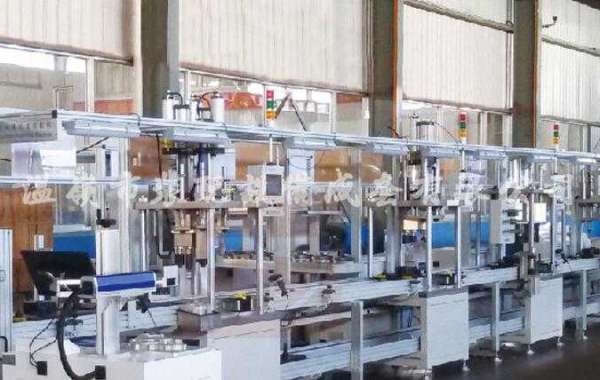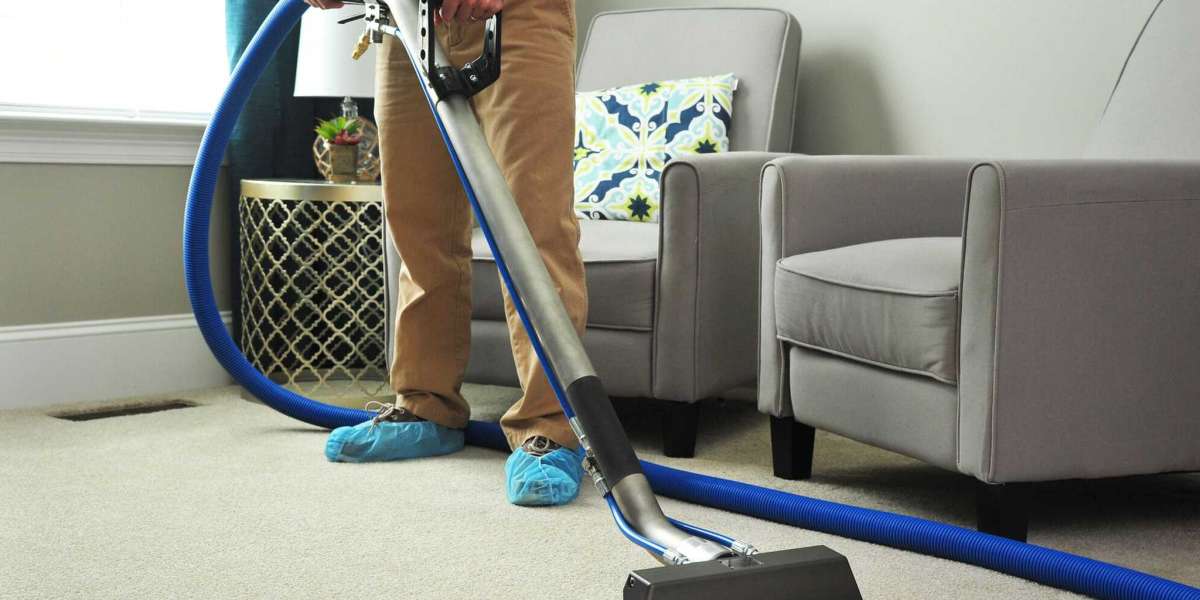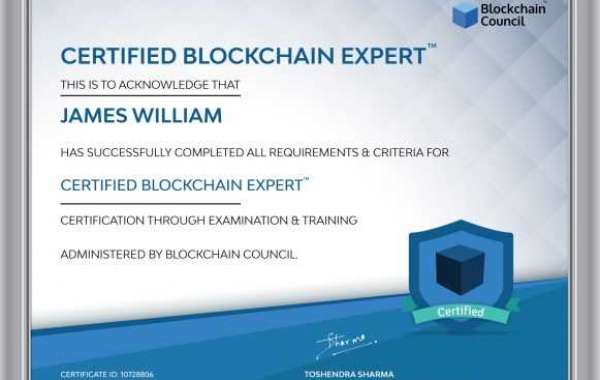- Collect information: understand the original non-standard automation equipment process, all the details of the production process or production equipment, as well as the existing production capacity, labor quantity, current process, process quality (or product quality), raw and auxiliary materials, etc. It is best to go to the production line to conduct various inquiries, investigations and understandings of capable engineers and operators, and to understand the environmental requirements of the workplace and whether there are any special requirements;
Understand the needs: Understand the main goals and requirements of non-standard automation equipment on car assembly line for customer managers;
Plan confirmation: based on the above two basic conditions, combined with existing conditions, propose a preliminary feasibility plan for the team to discuss and deliver to the customer for confirmation; (usually there will be several round trips before the preliminary decision)
Selection of main components: After the customer confirms the feasibility plan, start to select non-standard automation equipment components; (Generally speaking, when making the feasibility plan, preliminary selection is also required)
Parameter verification: According to the customer's requirements for production capacity (generally the time required for the entire cycle), perform the full-step design of the steps, and check and confirm the functions of the pre-selected non-standard automation equipment components;
Conventional design: After completing the above-mentioned work, you can carry out the design work of the main assembly sketch and enter the routine mechanical design workflow. At the same time, electrical engineers and programmers design and compile electrical schematic diagrams and program control software according to the overall implementation plan and work flow chart;
Audit and customer confirmation: After completing the mechanical design, external mining non-standard automation equipment components, machining parts, electrical diagrams and program control diagrams, after the standard audit and customer re-confirmation, the manufacturing, assembly and commissioning can be completed. After entering the trial operation phase;
On-site debugging: Through trial operation and testing, after meeting design requirements and fulfilling customer requirements, customers can install and debug non-standard automation equipment on site. Until the entire project is completed.
The non-standard automatic production line means user-customized and unique. With the continuous development of today's technology, many companies have begun to develop their own automation equipment, and each process is different. The automation system integration equipment on the market is assembled from a single piece of equipment manufactured in accordance with the unified industry standards and specifications promulgated by the country. It is a new equipment designed and developed according to the needs of customers. Different types of customers have very different process requirements.
The production of non-standard automatic production lines is not as simple as the production of general-standard equipment. The production of general-standard equipment can be completed according to specific regulations and production processes. Non-standard equipment needs to be individually designed according to the specific use place, industry characteristics, and its purpose. There is no reference model for the design of non-standard equipment.
The non-standard automatic production line is also widely used in applications due to its wide range of products. The main application industries are:
- It is also widely used in warehouse facilities in the logistics industry;
2. Manufacturing and installation of auto parts in the auto manufacturing industry;
3. Product delivery of electronic and electrical production lines;
4. Production, transportation and packaging in the food industry;
5. Application in the assembly industry of processing manufacturing.
Visit our website if you want to know more about engine assembly line!








